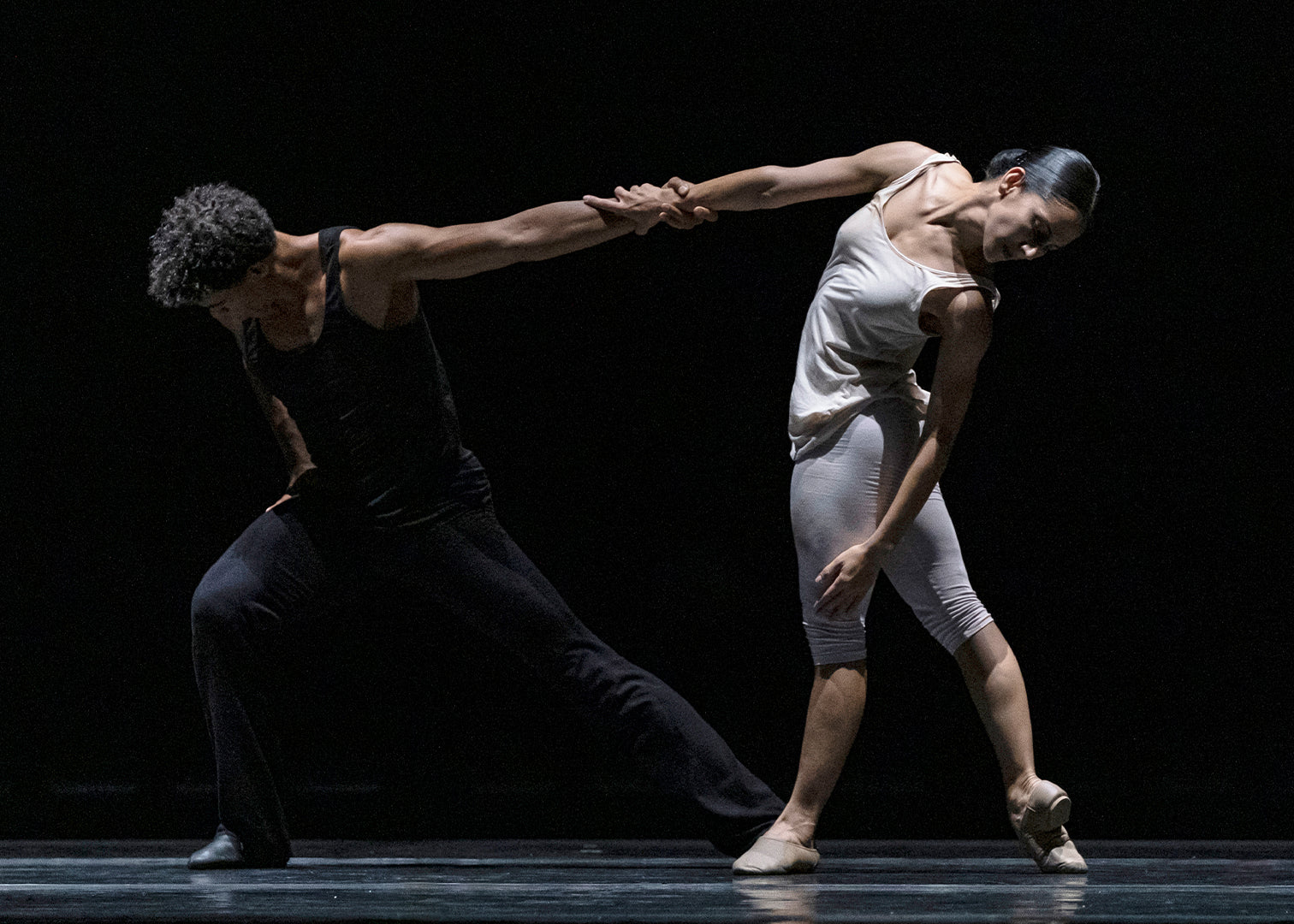The ballet of La Scala, however, is increasingly versed in the technique and style of Ratmansky. In addition to “The Russian Seasons,” the Milan-based dancers made his “Sleeping Beauty” their own in September 2015. The opening night met with mild applause, even though Russian superstar Svetlana Zakharova starred as Princess Aurora. It was a pity, though, that the evening caused such indifference in the audience. Indeed, in 1890 when the lavish “Sleeping Beauty” premiered in Saint Petersburg, Milanese dancers Carlotta Brianza and Enrico Cecchetti brought their Italian iron technique to Petipa’s classicism. Theirs was a worldwide celebrity. Sadly enough, a centuries-old company, La Scala Ballet feels at odds now with the courtly principles of “Sleeping Beauty,” an ode to classical ballet that is deeply rooted in their DNA. What happened to the ambassadors of the once famous Italian style? Homegrown female talents barely make the headlines in their own country; only Russian ballerinas get to dance renowned premieres in Milan. So, when it was announced that the La Scala tour in Paris would solely rely on Italian dancers, balletomanes were quite surprised. It was about time that La Scala rose from its ashes.
Fortunately, Ratmansky found just the right repertoire for the resurrection. And his choice to showcase Nicoletta Manni, Italian to the core, as the Swan Queen proved highly relevant. It obviously took the company some time to master all those choreographic challenges but it was worth waiting. That “Swan Lake” from the past might have brought La Scala’s old stamina alive.
One of Ratmansky’s major concerns in nowadays performances is ‘unslowing’ down the original tempo, while fighting the nasty ballet-as-circus trend that has recently been plaguing the art of ballet. Under the Russian-born choreographer’s direction, La Scala Ballet managed to perform virtuoso steps with tireless verve, showing steely discipline in the tiniest movements. There was no show-off attitude in the way they danced but the result was nevertheless rousing. Above all, the pas de trois—a traditional competition-like moment in modern versions of “Swan Lake”—turned into a galvanizing interaction, full of typical Italian stunts.
The pastoral celebrations of the first tableaux were reminiscent of “La Fille mal gardée’s” carefree atmosphere, proving a nice introduction to the dramatic white acts.
The 1895 version of “Swan Lake” (Petipa & Ivanov) premiered at the Mariinsky Theatre, Saint Petersburg. Ratmansky restored the aesthetics of the late nineteenth-century fashion and it provides the ballet with a spellbinding background. Knee-length, white-feathered tutus and low curly ponytails added a sense of faerie that conceptualized versions of our time gradually toned down. The entrance of Odette (delicate Nicoletta Manni) was a vision of individual frailty. Her Odette unfolded her wing-like arms in melancholic self-absorption. By contrast, hers was an extravagant, eloquent Odile. It’s interesting to note that at that time, Odile wasn’t a black swan but a dark-dressed woman, embodying temptation. When I saw Nicoletta Manni’s first Swan Queen in 2013, she was still lacking stage authority. Now a few years older, she’s become a name to remember. With her Marianela Núñez inflections, she’s a bright hope for the long Russified La Scala company. She overshadowed her partner Timofej Andrijashenko (a pale Siegfried), whose part is almost minor in that 1895-inspired version.
Ratmansky’s reconstruction of “Swan Lake” finds its poetic climax in the last act. Tchaikovsky’s tempestuous score was softened by Drigo’s arrangements but the spirit of the ballet remains beautifully melancholic. Black swans mingle with the white swans’ procession for a bittersweet waltz (“Valse Bluette”) that seems to soothe Odette’s pain for a few minutes. But there’s a Slavic, fatalistic, feel in the music.
One of Petipa/Ivanov’s high notes was the final double suicide: Odette throws herself into the lake and Siegfried follows her, before reappearing in a heavenly apotheosis. Riding a swan carriage (a Wagnerian twist), the two lovers embrace a common destiny in eternity.
Ratmansky’s reconstruction of “Swan Lake” is a successful approach. A few details raise questions, though. Traditional romantic pas de deux somehow became ménage à trois. Prince Siegfried cannot handle Odette’s weight, it turns out, so he uses his friend’s help (Benno’s) to hold his dying swan. Such tricks were justified in 1895 when Pavel Gerdt was too old for the partnering but passion is second best here. The romantic identity of “Swan Lake”—as we imagine it now—almost had its heart cut out.
For all its haunting beauty, the ballet proves to be unfaithful to Tchaikovsky’s intentions, as displayed in the 1877 version at the Bolshoi. There’s no Freudian interpretation to dig out. The version which Ratmansky restored is a danced tale, with less psychological depth but a clearer narrative weave.









comments